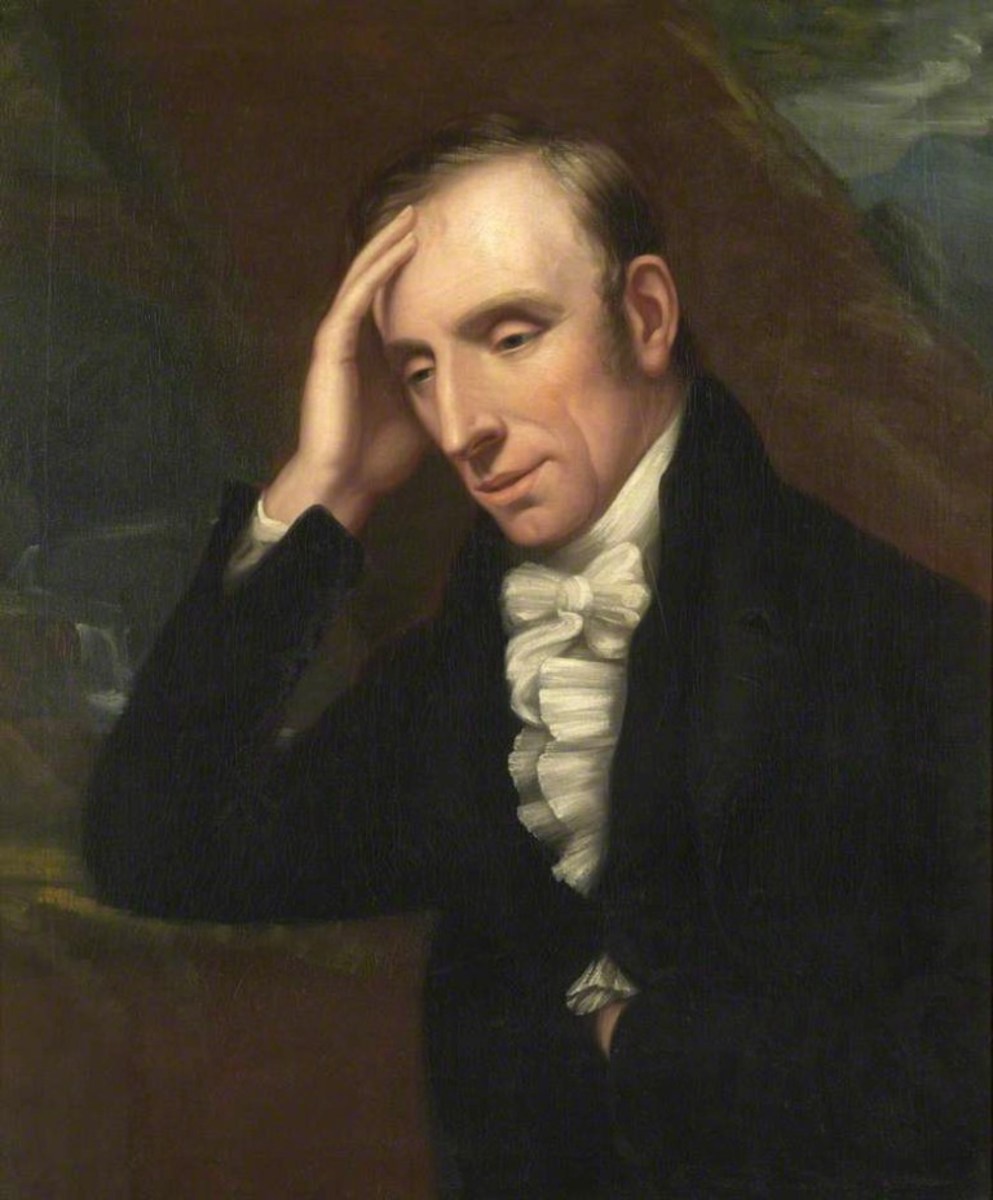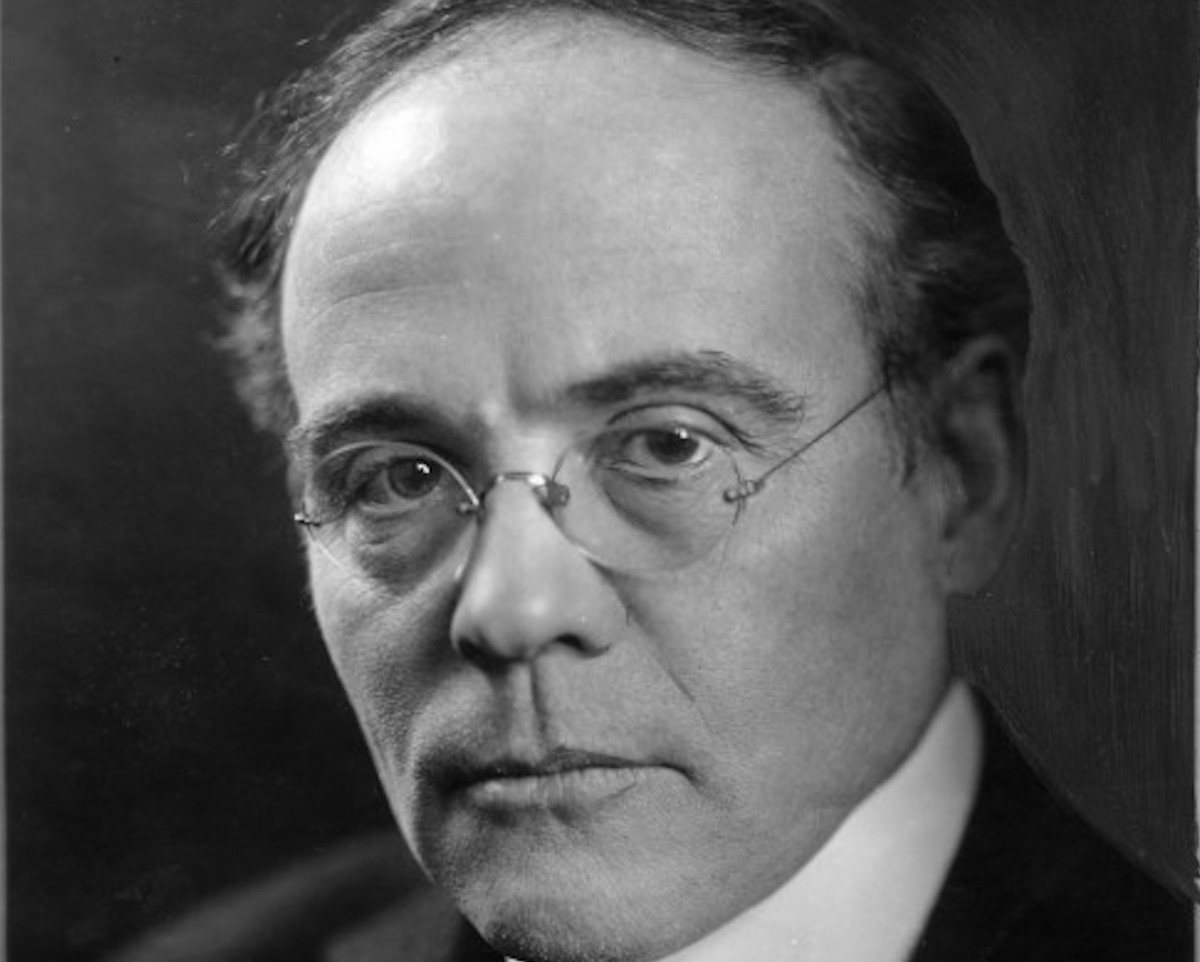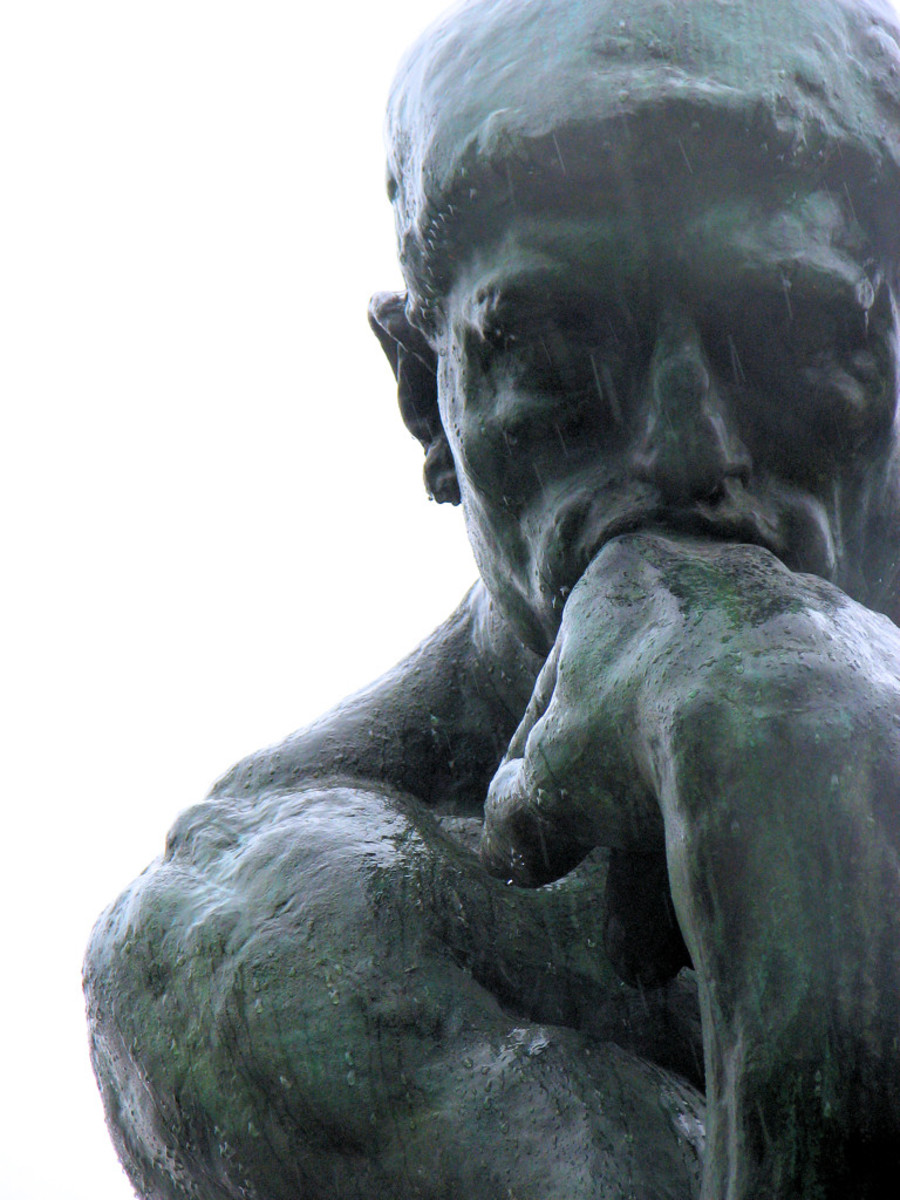"Analysis of Bernard Shaw’s 'Candida' " (Part 1)
George Bernard Shaw
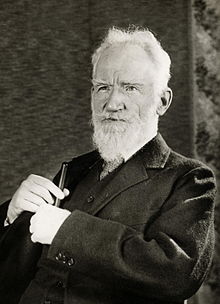
Shaw: A Fabian Socialist
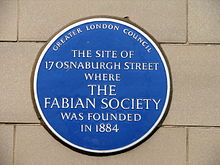
Is Socialism Legitimate?
Do you believe socialism is a legitimate philosophy/economic system?
Introduction and Section 1
In Candida, Bernard Shaw continued use of many of his familiar themes and theatrical genres, and composed what he believed would speak to the current English mindset. What resulted was what critics [Berst lists several in his footnote] now consider as “Shaw’s most perfect play (frequently for different reasons), and of all Shaw’s works this one has passed through the critics’ wringer more than any other except Saint Joan” (39). The following section examines Shaw’s motive for writing this play in light of societal factors and some of the critical responses he received.
I. Shaw’s Reactions to Current Societal Factors
Shaw wrote Candida, one of his Pleasant Plays, in the fall of 1894. In his Preface, he confesses that a trip to Florence art galleries in that year depressed him, having noticed how the Renaissance had destroyed the purity of medieval religious art (Nelson x). Whereas the Middle Ages’ vitality and simplicity regarding life thrilled him—a vitality reflected in Giotto’s fascination with nature as nature: a clear departure from the accepted Byzantine representation which regarded nature as mere background (Schaeffer 12)—the Renaissance through Raphael’s standardizing influence“ substituted Greek myth and fanciful figures for Biblical motifs” provoked in him the opposite emotion (Nelson x). When he returned to England, however, Shaw encountered several Pre-Raphaelite church paintings that convinced him religion was making a comeback in his land. Inspired by this phenomenon, he concludes: “the time was ripe for a pre-Raphaelite play” (5).
Begun in 1848 as a movement of young artists, the pre-Raphaelite Brotherhood gathered together for one purpose: “to catch in their works a moment of life and truth” (xi). Quoting Ruskin, a famous art critic, Nelson notes that these men sought “absolute, uncompromising truth . . . from nature, and nature only.” Turning away from “established techniques and orthodox subjects,” the Brotherhood “painted life in all its flux and mystery” (xi). Under Ruskin’s influence, the movement’s paintings bifurcated into two highly disparate, but nevertheless compatible emphases: one which considered contemporary problems realistically and the other which approached life from an ultra-romantic perspective. What Shaw did in Candida was to lump together both the art movement and the social and religious phenomena that he saw was also gaining ground—Christian Socialism and Anglo-Catholicism—under the term “Pre-Raphaelite” (Crompton 32). This merging explains Shaw’s oft-quoted comment in his “Preface”: “To distill the quintessential drama from pre-Raphaelitism, medieval or modern, it must be shewn at its best in conflict with the first broken, nervous, stumbling attempts to formulate its own revolt against itself as it develops into something higher” (Nelson, xii). An examination of the Hegelian influence evidenced here will appear later in this paper.
The time, however, was not yet ripe for such a play; Shaw’s themes did not seem to mesh well with the spirit of the age. Friends Edward Carpenter and Beatrice Webb, to whom he read the manuscript, contended that it would fail. Webb used many choice words to describe Candida as “a sentimental prostitute” (Nelson vii). Regarding Webb’s opinion, Winsten writes that “she saw in Candida a commonplace woman, the usual unsatisfied wife who sought to recapture youth in her middle life by using feminine devices to humiliate both her husband and the romantic victim” (96). When performances of the play actually ran in England, they received a critical “one thumb down.” Laurence records the 1895 opinion of Sir Charles Wyndham (1837-1919), an actor-manager who produced the best-known plays of Henry Arthur Jones, as a rejection of Candida because it was “twenty years ahead of its time” (252). Nelson concurs with this assessment (viii). Not until 1904 when Granville-Barker ran the play at the Royal Court Theatre in London did it experience real success and approval (vii). A similar treatment of Candida occurred in the United States, as it received acceptance in 1904 (viii). No one explicitly states why a decade passed before the play made an impact.
Scene from Candida

Critical Approaches (Section 2)
Critics have approached Candida primarily in three ways: First, Shaw presents a love triangle that finds resolution through Candida’s maternal wisdom. Serving as a catalyst, she unravels “a bizarre love duel between her unenlightened husband and her immature but imaginative poet-lover.” The “mother-woman” teaches her husband the realities of marriage and the poet, common sense. This perspective has achieved the position of “most popular” among the major choices.
Second, Shaw exhibits both Morell and Candida as unenlightened philistines, “Morell with an idealistic bent, Candida with a domestic bent.” Marchbanks acts as the catalyst who shows the Morells the shallowness of their marriage, and who “goes off into the night, seeking a greater world of poetic insight and philosophic reality.”
Third, Shaw highlights Morell as “the less dramatic moral epicenter” instead of the charismatic Candida or the imaginative-philosophical Marchbanks. He reflects a “social integrity and personal humaneness which the other two characters lack” (Berst 42). Although neglected in most critical discussions, this viewpoint receives Berst’s support (43). All three positions contain elements that ring true to the play; which one mirrors the author’s original intention best Shaw probably does not even know.
© 2015 glynch1


